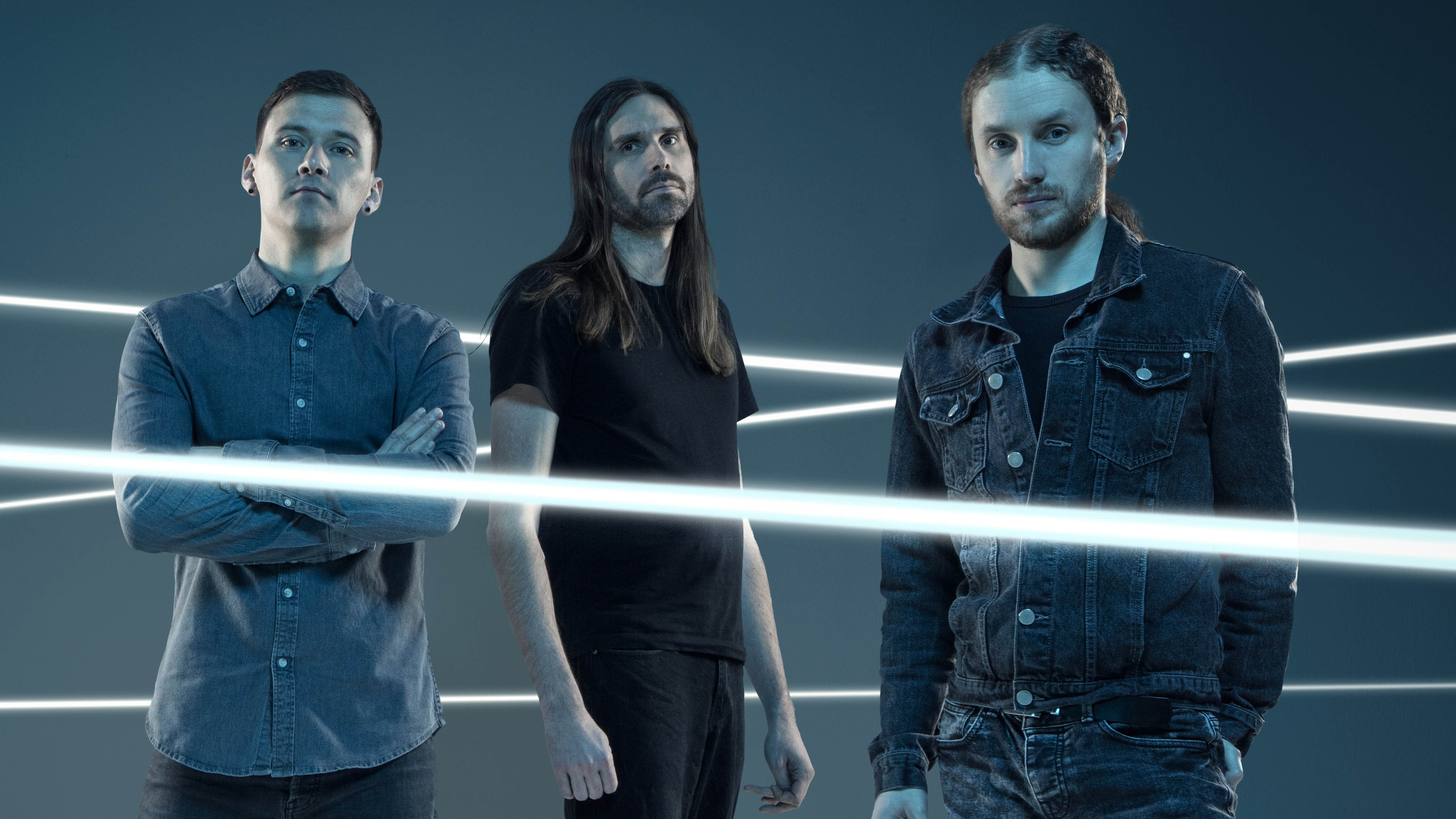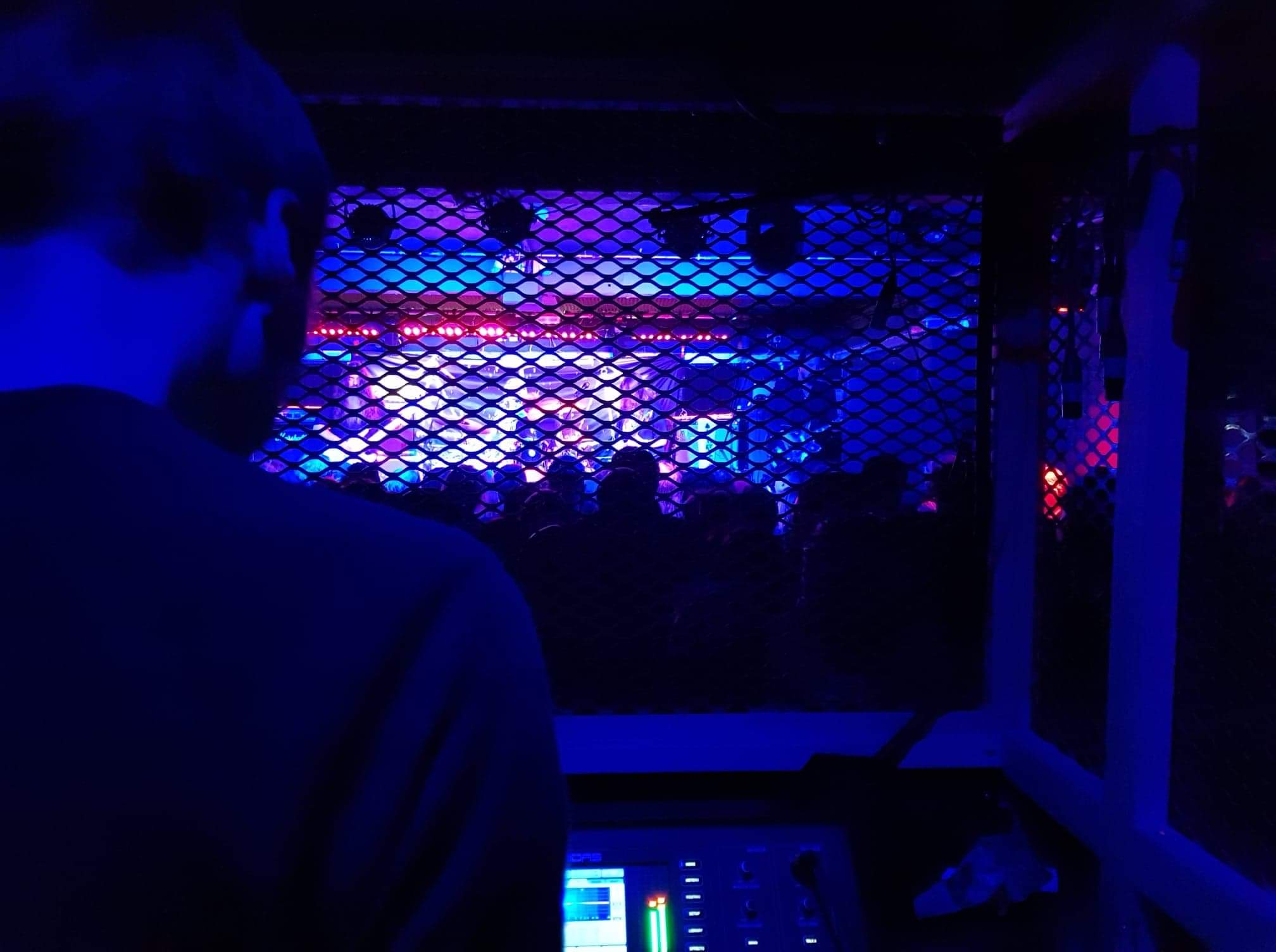Interview: The future for live music and 7 tips on performing online with Tesseract bassist Amos Williams
"I think you could see a lot more solo artists and singer songwriters come up through this, as well as instrumentalists who may not have yet had that opportunity"
The ongoing pandemic has affected all aspects of life, but few industries have been as adversely impacted as that of the live music industry. It has been around 10 months since music venues around the world fell silent due to public gatherings no longer being safe. With a return to normality still some way off, bands and artists are having to find new ways to connect with their audience, and are increasingly looking towards streaming via the internet as a means of doing so.
The UK's progressive-metal heavyweights Tesseract are no exception. Vocalist Dan Tompkins and drummer Jay Postones have become prolific streamers on Twitch, and the band itself have just completed their cinematic live experience PORTALS – a full live production with a five-act narrative structure that premiered on December 12 and still available to watch here. We think it's just raised the bar for how a set can be presented online.
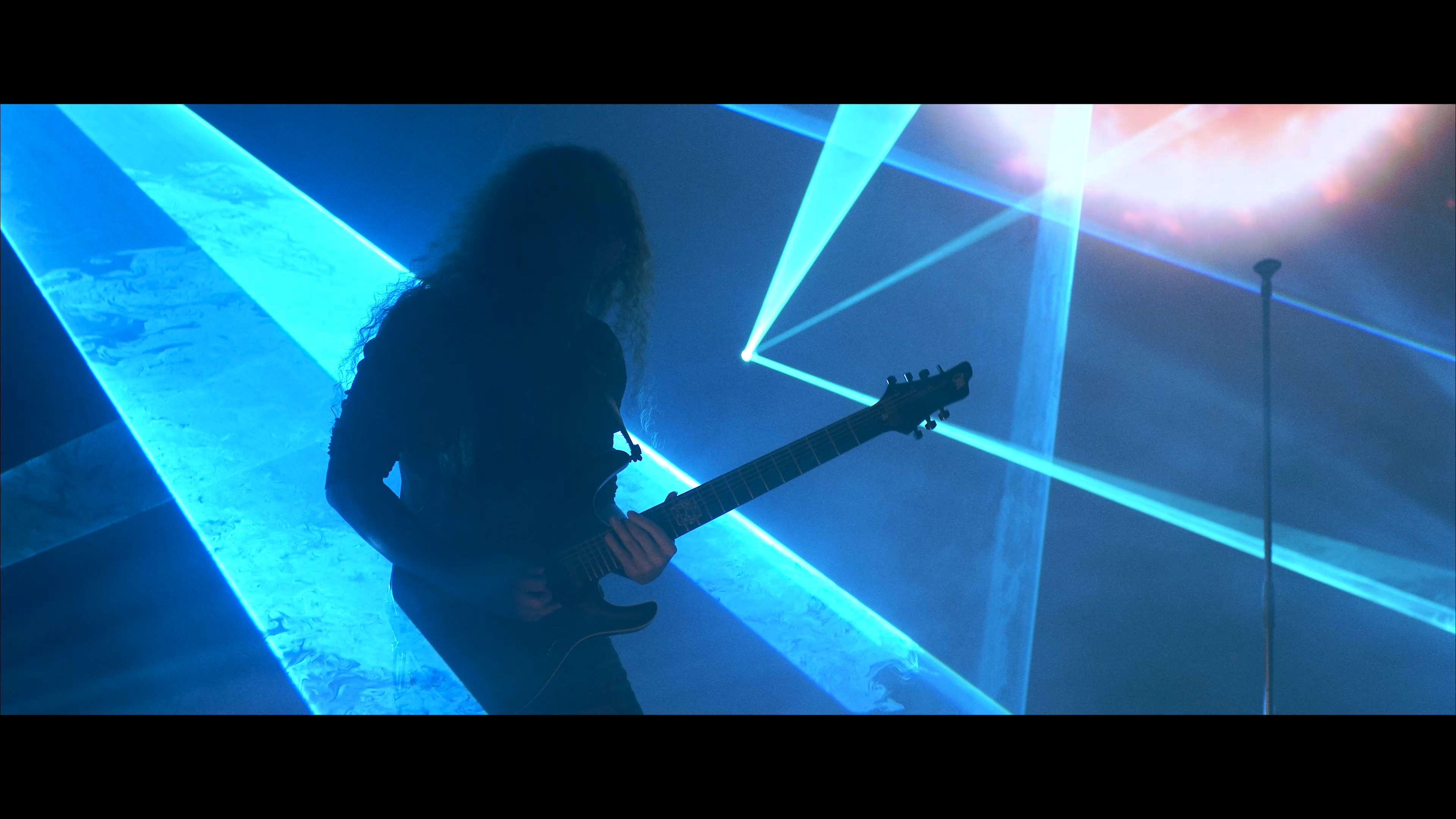
As a band who have embraced technology throughout their career as a means of enabling their art and enhancing their live performances, a move to streamed shows was always going to be on the table for Tesseract during these strange times.
Before PORTALS was performed, we spoke with bassist and show producer Amos Williams about embracing new mediums, what the future of live music may look like, and touched on how the band's isolated way of working has made them well equipped to continue creating during a pandemic.
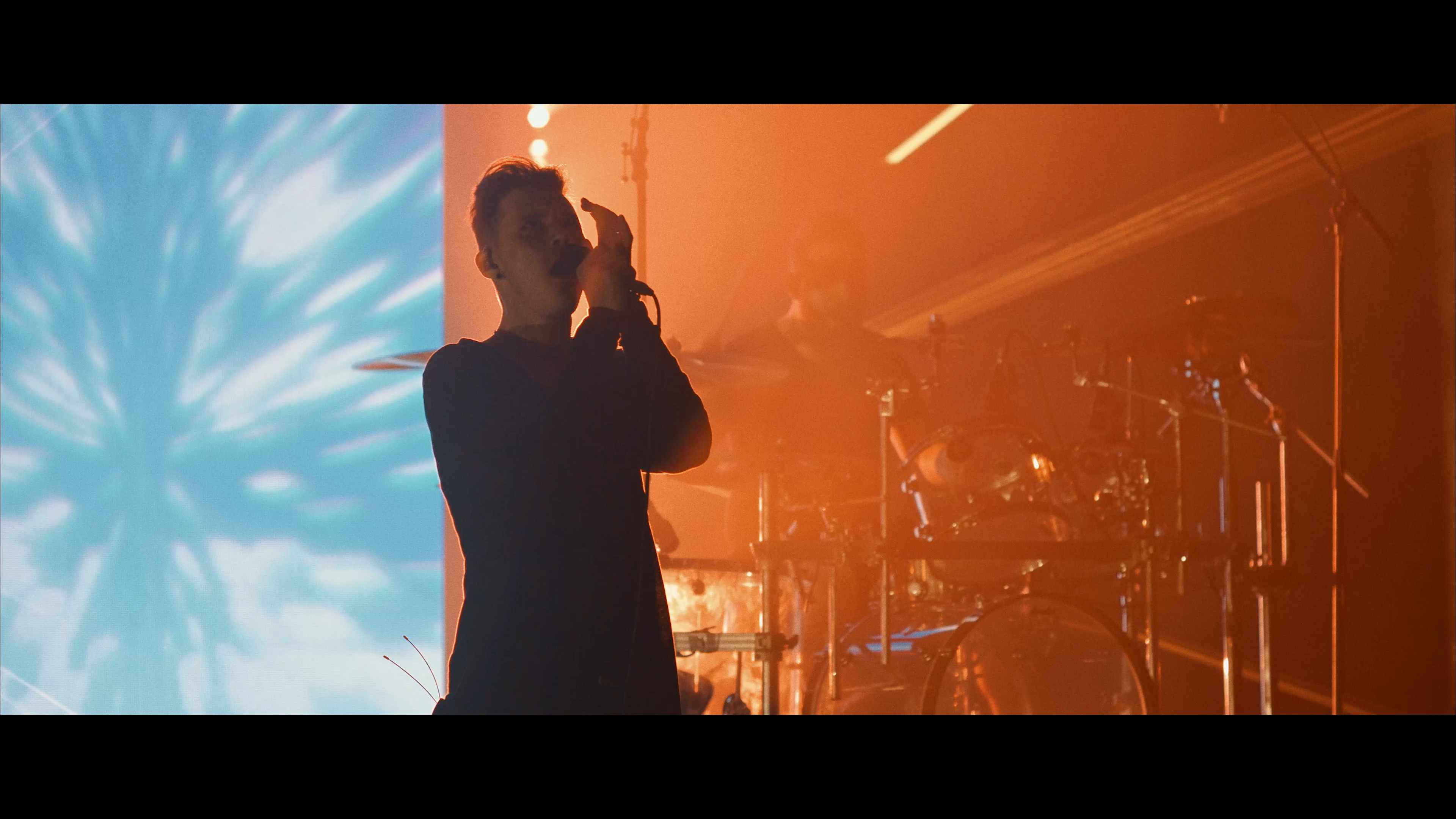
That's how we've recorded many of our albums - Independently, and all connected via the internet"
“We've all become very adept at working from isolation”, Amos tells us. “In fact that's how we've recorded many of our albums - Independently, and all connected via the internet. I imagine that's what most bands do, at least bands who haven't grown up in the same community, like we hadn't. It also facilitates us being an international band.”
Amos likens the pre-pandemic cycle of writing, recording and touring to that of an orchestra, in which every member of the band has a complete understanding of their roles before even stepping into a room together to prepare for tours and performances.
“We all spend time working in isolation before we come together. We have two, maybe three days of pre-production before a tour when we are in the same room, and at that point we are often working out technical issues and monitor mixes rather than performance issues.
Want all the hottest music and gear news, reviews, deals, features and more, direct to your inbox? Sign up here.
"We don't waste each other's time by having to rehearse. It's like working with an orchestra in that way. You wouldn't ever expect the snare drum performer in an orchestra to stop mid-performance and say, "Hold on, boys, I've just got to practice this part, so can we all go over that?" - They'd get fired!”
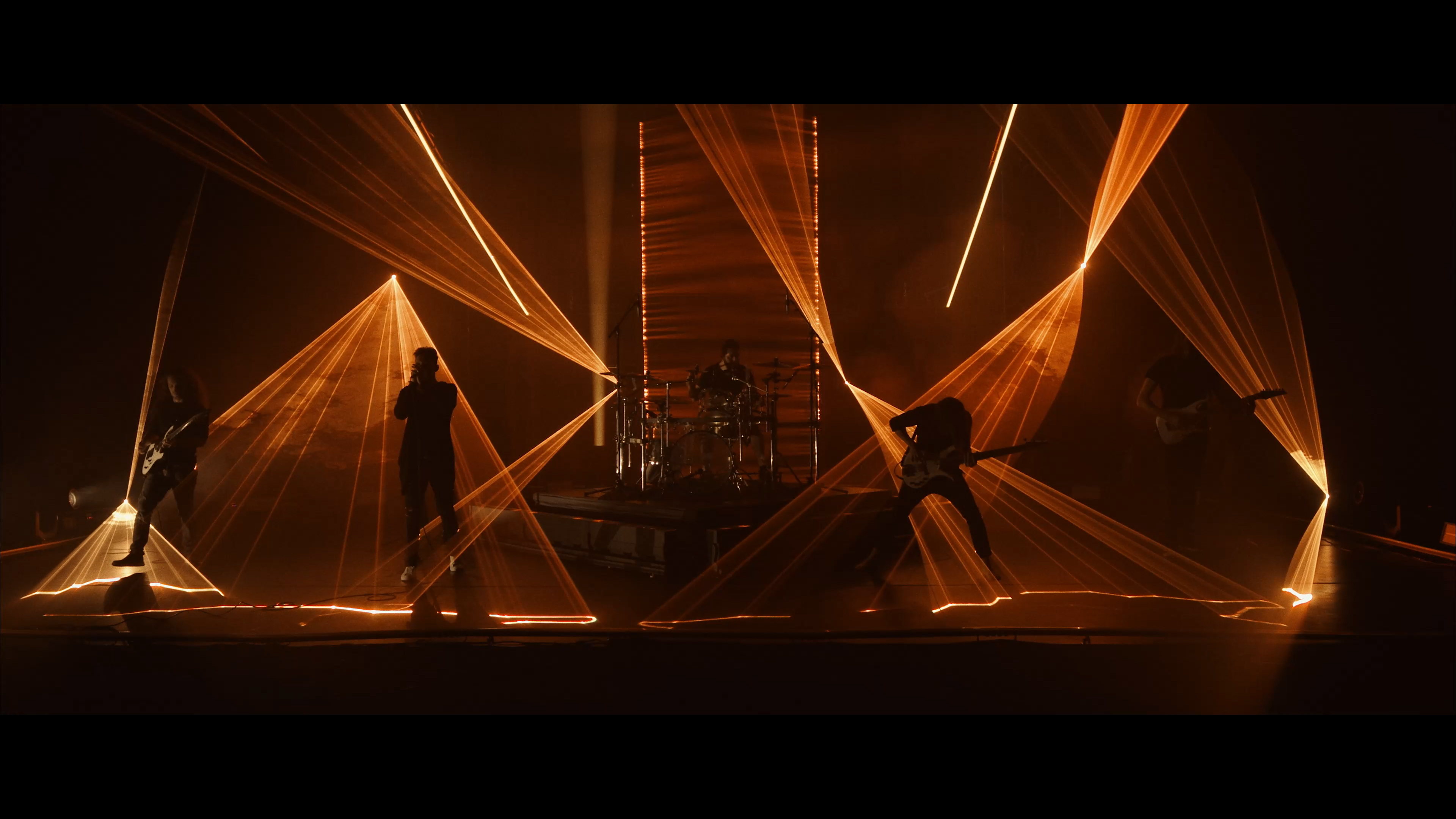
“The slight problem with starting to involve different continents in a live performance recording, you have to realise that right now the technology does not permit the kind of live that we are used to, latency free”
Whilst not hindering their ability to put together a shorter, multi-tracked live set from earlier in the lockdown, their lack of proximity to one another did mean that alternative arrangements had to be made for their upcoming PORTALS performance.
With Drummer Jay Postones now based in Austin, Texas, travel restrictions meant that he was unable to join the band for the recording. Long time friend Mike Malyan of Monuments was drafted in to play in Jay's stead - but this doesn't mean the band didn't explore some creative internet-based solutions for making their situation work.
“The slight problem with starting to involve different continents in a live performance recording, you have to realise that right now the technology does not permit the kind of live that we are used to, latency free.” says Amos.
“There's always latency in a system, that's just inherent in putting audio through some form of interface. Quite often you can deal with that, but when there is 1700 miles between internet connections then it is pretty much untenable. The distance is one thing, I think that comes to about 250 milliseconds one way and then sending it back the other way adds up too, then it becomes beyond the point of comfortable latency.”
“We searched for weeks for ways around this, considering building an online server that had offset points... That's all well and good if the streams you are connecting are stable, but I don't know if one person's internet connection was stable within an acceptable tolerance rate. It was always going out by around 30 to 40% so we could never lock anything in.”
The filmic nature of the PORTALS performance also meant that the band had to develop a system that would be able to run lighting and video on a sequencer, something which was a natural step given how they embraced audio sequencing early on in their career.
"Perhaps it would just be seen as a different medium in the same way that music videos are"
“We build from rhythm up, but at the same time we do run to a click - so we could in fact be not just in separate locations but not even listening to each other. As long as we are playing what we are supposed to play, then we could actually connect it all.
That's just necessity because at a very early point in our career we started dealing with sequencers and MIDI guitar patches, and that evolved into MIDI controllers for lighting, and our latest project has been MIDI control over video and laser sequencing so it's a very natural thing for us to be connected via a sequencer hub, if you will.”
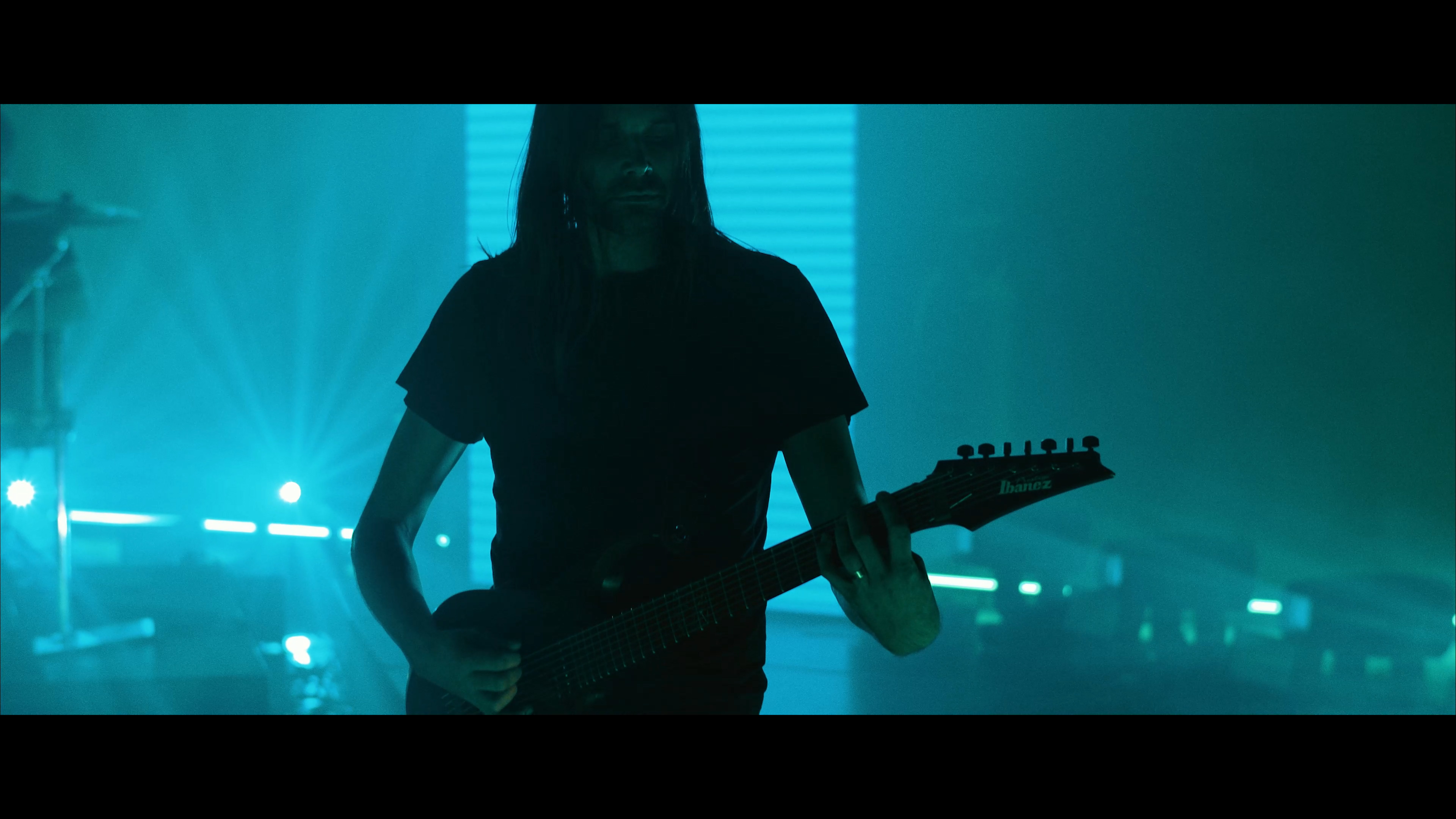
Does Amos think these kind of performances will become more accepted, or even seen as equal, after live music eventually returns?
“They are a different medium. Live music is a snapshot of time, it is a moment that even with rehearsal, practice and the best technicians in the world, is very much dependent on the audience for not just the success of the show, but the lens of which an audience member views that show is coloured by the experiences of that day, of that time, of that moment.
"I think you could see a lot more solo artists and singer songwriters come up through this, as well as instrumentalists who may not have yet had that opportunity"
"So perhaps it would just be seen as a different medium in the same way that music videos are. Music videos did not destroy music as we know it, and they didn't detract from the quality of performances at concerts.”
“If anything, streaming services will make it easier for individuals to become artists rather than relying on needing the machine of a label or the functionality of even needing a band.
"I think you could see a lot more solo artists and singer songwriters come up through this, as well as instrumentalists who may not have yet had that opportunity. We've seen that already, often with drummers because they're quite enjoyable and interesting to watch online - So I feel that will pry open the door a lot wider for individual artists to gain exposure and get on the road and develop as performance artists.”
As for an eventual return of gigs, tours and festivals, Amos is bith hopeful yet realistic about the situation, and is also quick to highlight the importance of grassroots music venues in the ecosystem of live music, and how their survival is necessary for the bigger shows to happen.
“I know there are lots of bands who are still planning shows and tours, and they are all cramming them in before the end of 2021 and I wonder how many of those can actually go ahead. I really hope that we can get back to some semblance of normality as quickly as possible, but I think it is going to take a bit longer than we all anticipate.”
"I really hope that we can get back to some semblance of normality as quickly as possible, but I think it is going to take a bit longer than we all anticipate.”
As for an eventual return of gigs, tours and festivals, Amos is both hopeful yet realistic about the situation, and is also quick to highlight the importance of grassroots music venues in the ecosystem of live music, and how their survival is necessary for the bigger shows to happen.
“I know there are lots of bands who are still planning shows and tours, and they are all cramming them in before the end of 2021 and I wonder how many of those can actually go ahead. I really hope that we can get back to some semblance of normality as quickly as possible, but I think it is going to take a bit longer than we all anticipate.”
“I also wonder how many venues at the grassroots will be there. That is something that worries me, and particularly in the North American market. The way they work over there is a little less focused on a long term vision and more over a short period. If they don't earn anything over a period of around 60 days then they'll likely close, and of course these places have been closed now for 6 to 9 months. Without new investment, I worry that this massive gap between 250 cap to 1200 - 1500 cap. That's where the majority of the industry lives, and its also the most at risk area which will have the hardest time opening its doors again. I hope I am wrong, I hope that promoters like LiveNation and people that are that size, I hope they are heavily invested in the grassroots venues because in the future, that is where their tickets are going to come from.”
“They're going to need the influx of new bands, otherwise it is just going to be a bunch of old farts like us who will require higher ticket prices, so I really hope that is not the case and that there is an element of looking to the future rather than just an immediate short term recovery.”
In addition to playing Bass for Tesseract, Amos is also the show producer on PORTALS, and throughout our discussion we were able to gauge some of his advice and tips for artists and performers who are looking into streaming as a possibility.
1. Connection is Key
“Ultimately you're going to have two main bottlenecks in your workflow. The first one, which is definitely one of the more essential ones, is the connection - How you are physically connecting to everyone else. It has to be as stable as possible, it has to be fast, and you can't cheap out on that unfortunately.”
2. The camera is a medium
“Think about the cameras that you use. They will change the tone of the performance and in some cases they can heighten it and make it cinematic"
“Although you have to appreciate that you are filming a live show, that live show is not going directly to an audience member. If you are streaming, then you have to realise that there are limitations in the service medium, which is the camera. The camera has a far reduced dynamic range. Not just dynamic, but in terms of movement - You can't track like a human through the limitations of a camera. So as well as lights being burnt out and overblown and exposure being a thing you have to watch out for, everything you take to a normal live show has to be tempered through the medium of a camera.”
“That's something that I have come across when working with lighting engineers - They are either very quick to appreciate this or they can't get their head around it. The ones that spend most of their time looking at the monitor and watching the camera feed when they have a band in front of them, they are the successful ones, and I think that is a mistake that people make and only start to realise it once they have done their first couple of streams. They realise that it looked great in the room at the time, but it looks terrible on screen. You need to understand the limitations of your streaming codec, the limitations of your connection speed and the limitations of the cameras that you are using to transfer the live experience to the web browser.”
“Those are really boring things, but they are essential - And they can make something look far greater than it is.”
“Think about the cameras that you use. They will change the tone of the performance and in some cases they can heighten it and make it cinematic, so it is definitely worth not cheaping out on the cameras that you use and thinking about the box within which the performance is going to sit.”
3. Be curious and expand your knowledge
“I think you can look to quite a few examples of artists as they're starting out, they're rich in time and enthusiasm to be able to disappear down a rabbit hole so to speak, so they can sometimes get quite an amazing result out of what would be considered fairly humble tools.
“This is precisely what happened with Tesseract, having that enthusiasm and wealth of time, we were able to make a lot of mistakes and learn as we were going along, and carve away at our ignorance until we were at a point where we were going out on tour and we are finding that we are telling the technicians that we are working with why something wasn't working. It's simply an intensity of curiosity.”
4. Learn from the mistakes you make
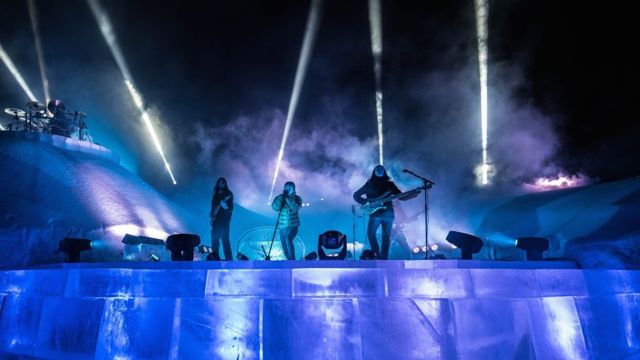
“From a technological point of view, you almost have to go through these things and make mistakes. It's very easy to have all the theory in your head, but without the application I think it might be simply a waste of time.”
“I don't know if there is a technological mistake that is something I would advise people to avoid, because you need a reference point in order to grow from when it comes to your presentation.
"For example, Acle (Kahney, Tesseract guitarist) is our fundamental songwriter and primary audio producer. He is always looking at what he has just done and is a perfectionist from that point of view. He needs that reference point and has to finish something in order to look back and be able to say what was wrong with it in order to be able to change and get somewhere new.”
5. Create Within your means
"Now, we are pretty much enabled by the freedom to do almost anything"
“I would argue that it is more of a philosophical thing that you have to think of if you are a young band. Don't try to be like everything else, and that could be from a technical point of view too. If you're following the path set by someone else then you'll never achieve what you want unless you're doing everything exactly as they did it.
"At the end of the day that is the here and now, and as a musician you are nearly always living in the future. You have to create your own sound and perhaps even the limitations of the tools that you have enable you to make something unique.
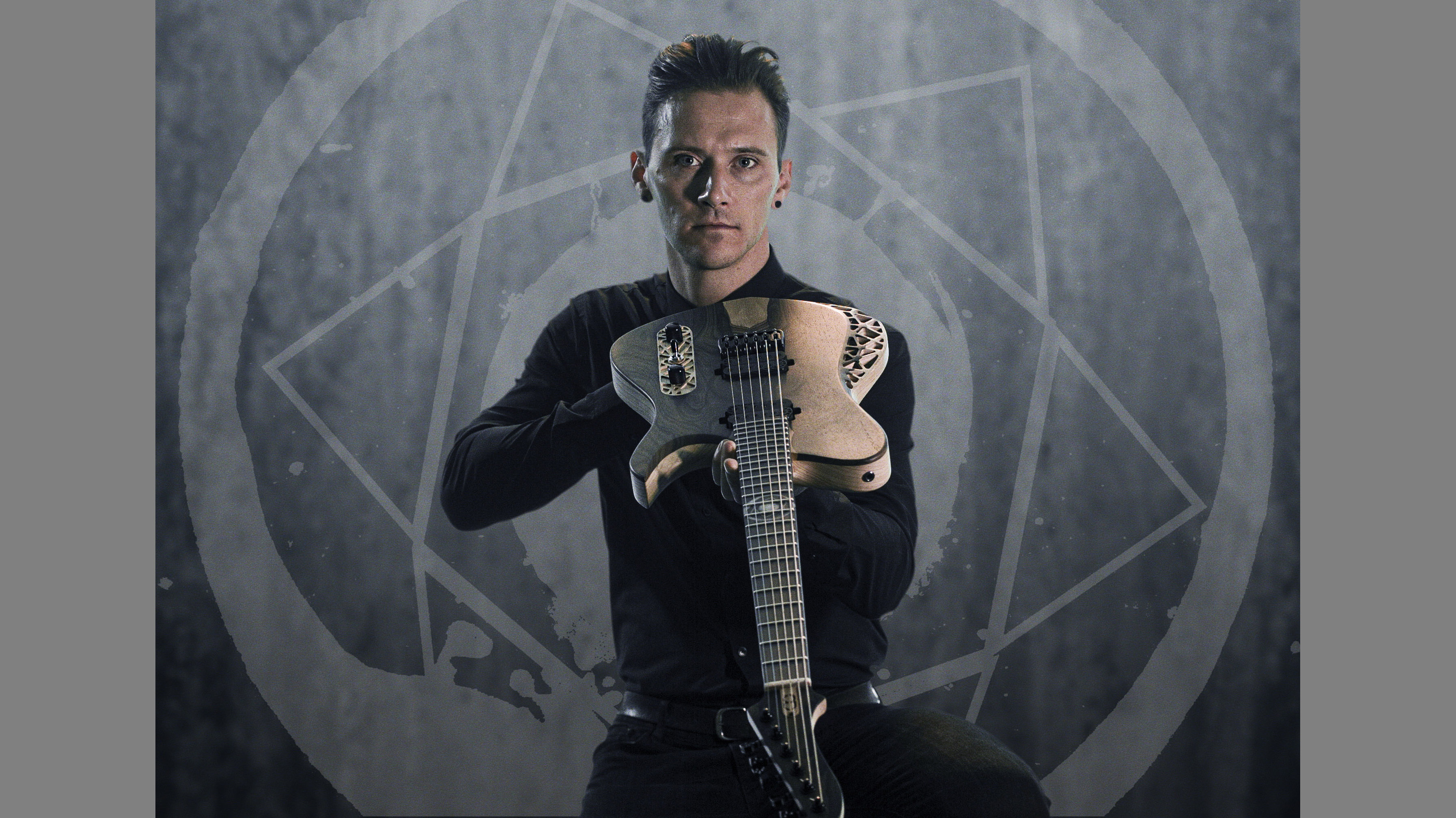
Tesseract's Daniel Tompkins on the 10 albums that changed his life
“I think it is less so these days, but there are some examples of signature sounds - ie Phil Collins with the snare drum reverb which was just a crappy mic on the desk recording the sound of the speaker system in the recording studio. That was purely an accident that he came to that amazing reverb for the time, and it is harder now to have such mistakes because as a group, as a collective of musicians and engineers we have made many of the mistakes which are inherent in that kind of technology.
"Now, we are pretty much enabled by the freedom to do almost anything. We are almost limited in some ways because we can see under the hood, if that makes sense. Nothing is necessarily a dark art anymore, it is kind of all quite scientific and methodical now when it comes to digitising everything - which isn't a bad thing, but you can't approach much recording with a sense of craft, at least in my experience.”
6. Embrace the visual side
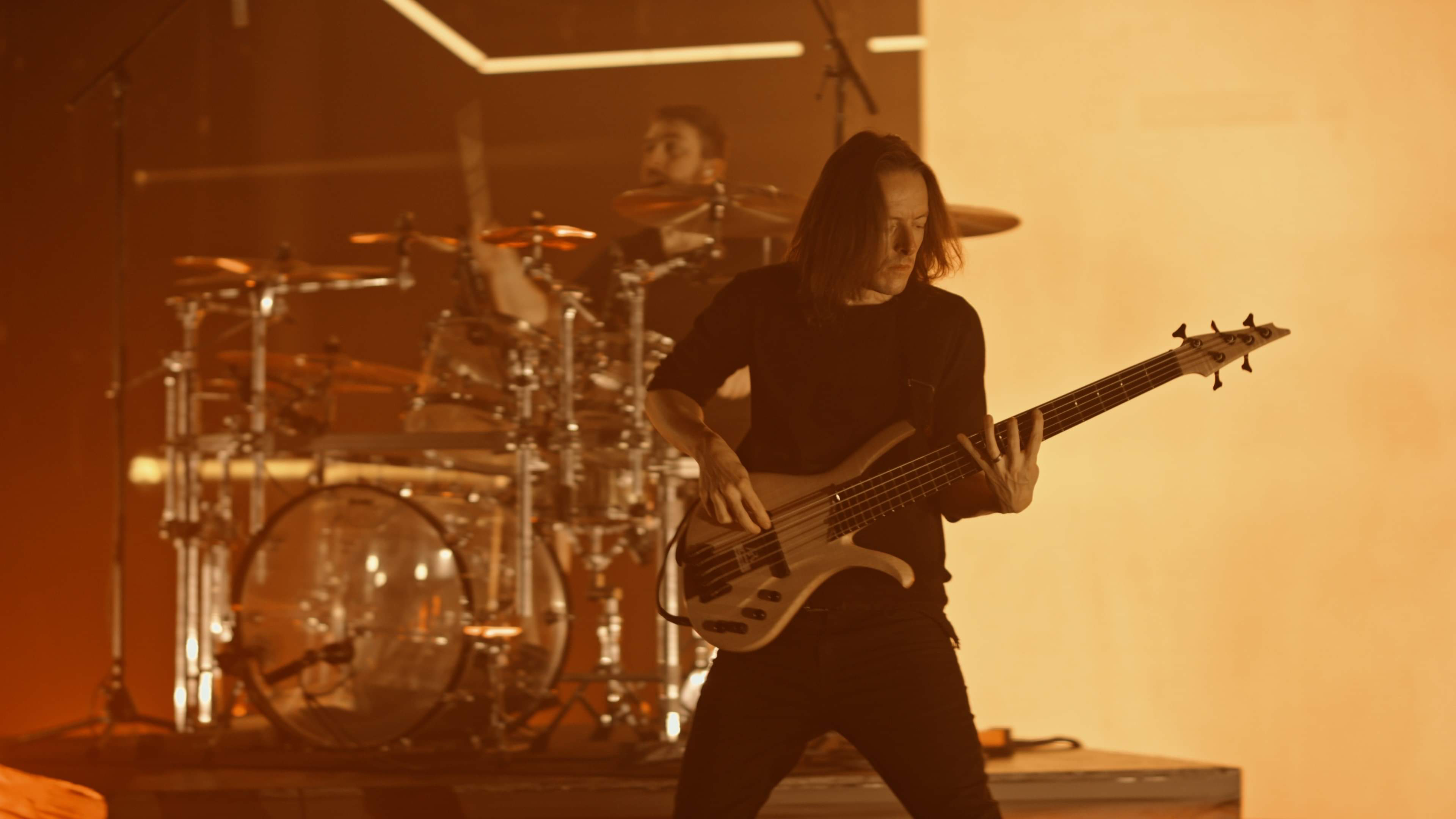
“There's nothing bad about getting lost in whatever visuals you imagine from listening to just audio"
“Are we just musicians now? Or are we creative entertainers, if that makes sense? Because as well as music you also have to think about who you are visually and create a product that is more than just the audio, and we are now seeing that going from just a stage performance to a presentation performance.
“There's nothing bad about getting lost in whatever visuals you imagine from listening to just audio. I think that is fantastic and beautiful in and of itself. I think it is wonderful to let an artist go free with whatever visual concepts they have for their music and to explore their pomposity and pretence and see where that takes them.
“There's no greater complexity and diversity of imagination than an audience when they don't know what the artist's intentions were, so you might lose something from that respect, but then again most artists are fairly flamboyant in their visual imaginations so I think it is going to be interesting to see more of these crossover events between music and, let's say Cinema, because it is going to have to happen now. That's the joy, because it is cheaper to produce something which is acceptable to the majority of the public when it comes to a level of quality.”
7. Spontaneity can still exist
"That is very much a Twitch approach - The stream will be online for an hour, but in that hour, almost anything could happen"
“I do quite like the idea of tuning into your favourite artist once a month, via Twitch, and having it be complete chaos! You have no idea what will happen and, more importantly, neither does the artist. That could throw up some really interesting results."
“That is very much a Twitch approach - The stream will be online for an hour, but in that hour, almost anything could happen. The artist may start with a plan in mind but that could go off on a tangent. That could be quite cool if a band knows their material enough to the extent that they could do almost any of their back catalogue at the drop of a hat. That could be quite exciting for a viewer, I think.
"I don't know if you'd end up with content that would be as fully realised in its presentation, I think it would very much end up being quite jam-based, but there's certainly an appeal in that.”
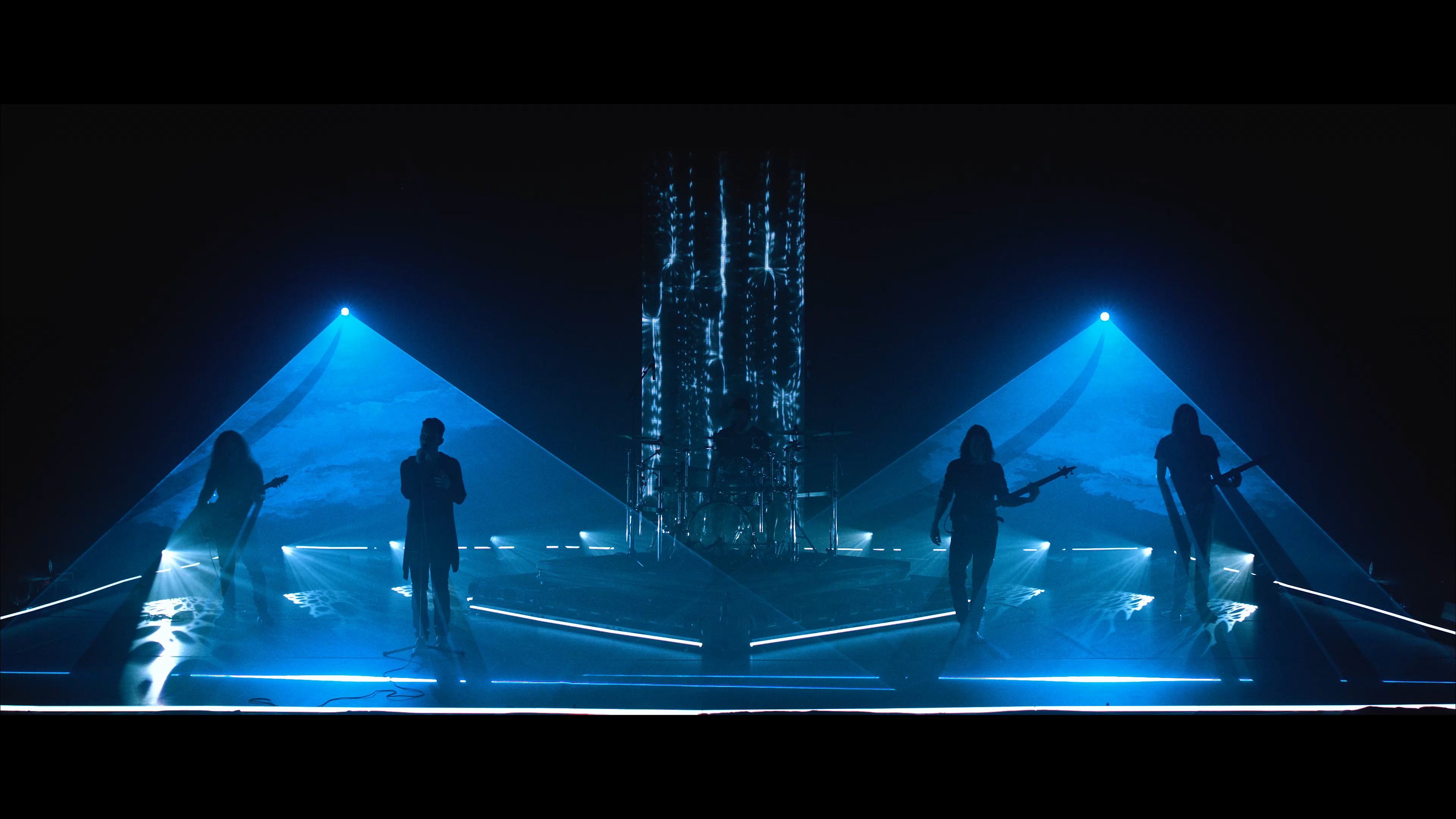
To watch Tesseract's full PORTALS show head to portals.show and for more info on the band's 2021 dates visit tesseractband.co.uk
Sam Drower is a sound engineer, musician and all-around music junkie based in Bristol, UK. He began contributing to MusicRadar in 2020, when the global pandemic brought live music to a screeching halt. When not behind the mixing desk for various bands, he is playing bass for blackened mathcore group Host Body.
